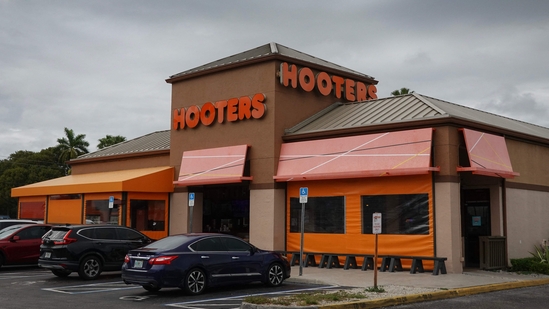Hooters, the classic American restaurant chain famous for its signature wait staff uniforms, has filed for Chapter 11 bankruptcy protection under the United States Bankruptcy Code. The move is a significant change for the company, which has been well known for its casual dining and attention-grabbing uniforms for years. Even though it has been a popular brand for decades, today the company is going through severe financial stress fueled by the constant pressures of the pandemic and changing consumer tastes.
Challenges Leading to Bankruptcy Filing
Hooters has not been able to stay profitable in the face of a difficult economic climate. The COVID-19 pandemic weighed heavily on the restaurant sector, and Hooters was not immune. Hooters experienced temporary shutdowns, lower capacity restrictions, and lower consumer expenditure. With its high number of physical stores, Hooters incurred greater operating expenses, such as rent and employee salaries, while its revenues plummeted sharply.
Hooters has also struggled with shifting dining preferences, especially as younger generations are increasingly concerned about healthier and more sustainable foods. As the competition in the casual dining sector grew, Hooters’ formerly unique brand image has struggled to keep up with emerging consumer trends, including greater emphasis on digital services, delivery, and ordering online.
Chapter 11 Filing: What It Means for Hooters
The Chapter 11 bankruptcy protection filing permits Hooters to keep its business operating while restructuring its debt and financial responsibilities. In contrast to Chapter 7 bankruptcy, which entails liquidating assets, Chapter 11 provides businesses with an opportunity to reorganize and try to become profitable again. Through this time, the company can negotiate with creditors to renegotiate loans, reduce expenses, and consolidate operations.
In Hooters’ scenario, the chain will most likely be closing loss-making outlets, renegotiating its leases, and reconsidering its overall business plan. This would also include revisiting its image brand to better suit a contemporary market while not compromising on those factors that propelled it to popularity initially.
Impact on Employees and Franchisees
The filing for bankruptcy will likely be a source of some concern for Hooters’ employees as the company navigates its financial restructuring. Nevertheless, it is anticipated that the chain will try to keep its employees on board, particularly as it seeks to streamline operations and concentrate on profitable locations.
Franchisees, who own a large number of Hooters units, may be affected as well, with possible changes in franchise terms and agreements. Franchisees will likely be seeking transparency on how the restructuring will impact their businesses, with some possibly facing the shutting down of loss-making units.
What’s Next for Hooters?
Hooters has become an institution in American society, with customers coming in for its laid-back environment, wings, and waitresses’ attention-grabbing uniforms. Yet the company is now facing a difficult uphill climb as it attempts to remake itself in an industry that has experienced a dramatic transformation over the last decade.
The company will need to adapt to the current market dynamics, incorporating more diverse and sustainable food options, leveraging digital tools for a better customer experience, and updating its brand to appeal to younger, more health-conscious consumers. For now, Hooters’ future depends on how well it can navigate its financial restructuring and adjust its strategy to match current trends in the restaurant and dining industries.
As Hooters continues down the path of bankruptcy, industry insiders and investors alike will closely observe the way the company restructures its business and whether or not it will be able to regain its position in the American casual dining market.
Looking to the Future
The filing is a tough time for Hooters, but it also presents the company with a possible chance to come back stronger. With proper emphasis on innovation and consumer trends, it is conceivable that the brand can turn around successfully and resume growth. But much will rest on the company’s execution of its restructuring effort and how well it can become relevant again in a constantly changing dining landscape.







